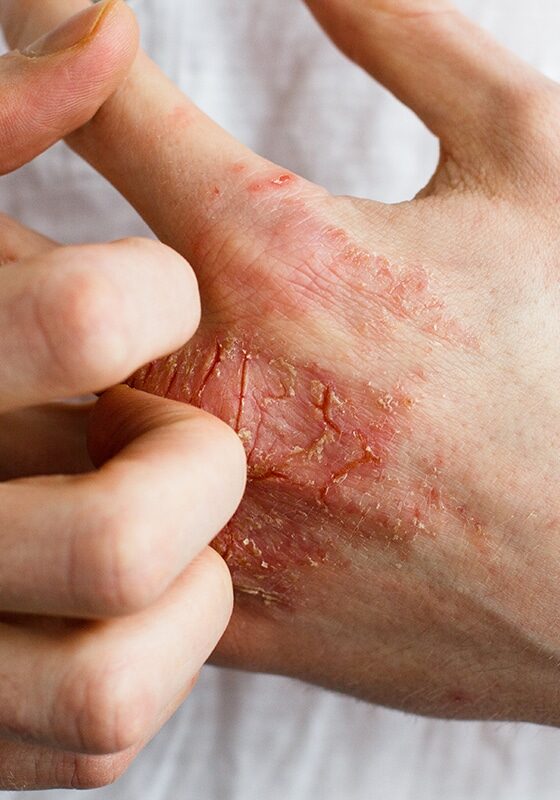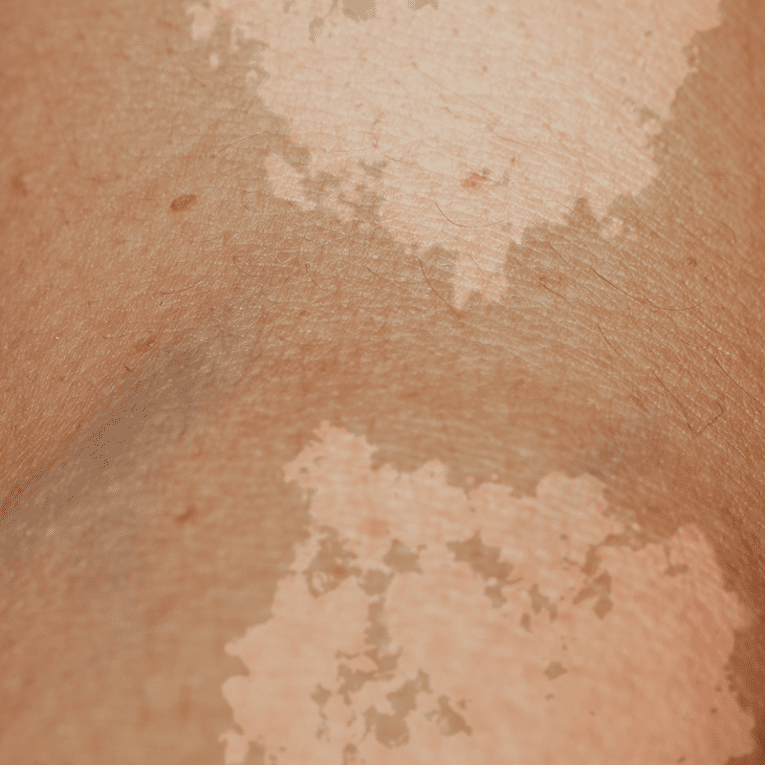Demystifying Dermatitis: Exploring Types, Causes, and Treatments
Types of Dermatitis
Atopic Dermatitis (Eczema)
Nummuar Dermatitis
- Appearance: Round, coin-shaped red patches, often itchy, sometimes dry and scaly.
- Cause: Unknown, possibly related to stress, allergies, or dry skin.
- Location: Typically legs, arms, torso, but can appear anywhere.
- Trigger: Often triggered by dry weather, harsh soaps, or friction.
- Onset: Typically in adulthood, can appear gradual, over days or weeks.
- Duration: Can last for weeks or months without treatment.
- Treatment: Moisturizers, topical corticosteroids and other topical anti-inflammatories, anti-itching medications.
Contact Dermatitis
Stasis Dermatitis
- Appearance: Discolored, hyperpigmented, thickened skin on the lower legs, often with redness, itching, and scaling.
- Cause: Poor circulation, often due to varicose veins or chronic venous insufficiency.
- Location: Primarily ankles and lower legs.
- Trigger: Standing or sitting for long periods, tight clothing.
- Onset: Gradual, developing over months to years
- Duration: Can be chronic if the underlying cause is not addressed.
- Treatment: Compression stockings, elevation of legs, topical corticosteroids, emollients, addressing underlying venous insufficiency.
Other types of “dermatitis” found elsewhere on our website:
Perioral Dermatitis
Seborrheic Dermatitis
General Measures for Eczema
Avoiding Skin Irritants
Understanding Food Sensitivities
Regularly Applying Emollients
Elevation & Compression





